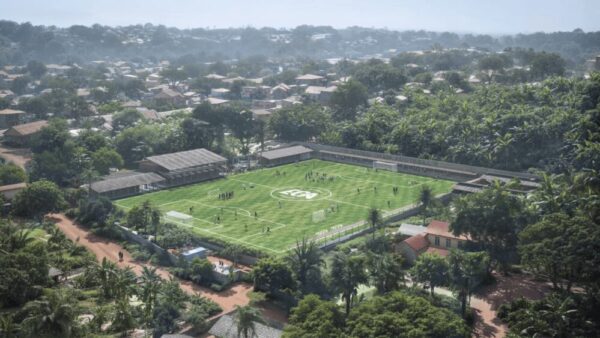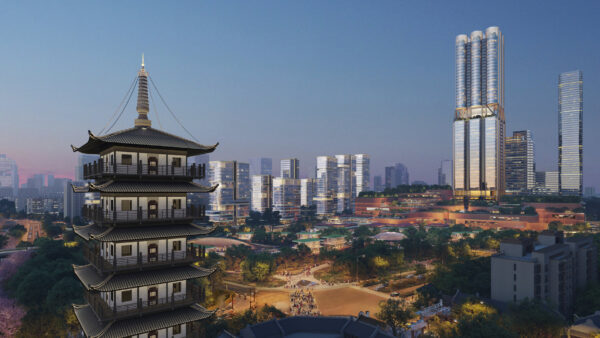Architects often achieve stardom with designs for the rich and powerful, but this year’s winner of the prestigious Pritzker prize impressed the jury because he was “socially engaged” and designed, among other things, homes for the poor and vulnerable.
48-year-old Chilean architect Alejandro Aravena will collect his medal and cheque for $100,000 at the United Nations headquarters in New York on 4 April.
Aravena has won praise for his approach to social housing that gives poor people one half of a completed house – enough for families to live in right away, while saving to fill out the frame with the other half when finances allow.
The approach, called “incremental housing”, allows for cheaper homes to be built on more expensive land closer to economic opportunity.
Aravena has said his philosophy is “half a good house is better than one small one”.
His practice, called Elemental, used the approach to provide homes (pictured above) for the city of ConstitucioÌn, which was destroyed by the earthquake and tsunami that hit Chile in 2010. Its Villa Verde housing development provided homes for 484 displaced families.
Each 45 sq m “half-house” has a kitchen, lounge, bathroom, laundry and two bedrooms upstairs. When a family’s means allow, the floor area can be doubled to 80 sq m.
Â
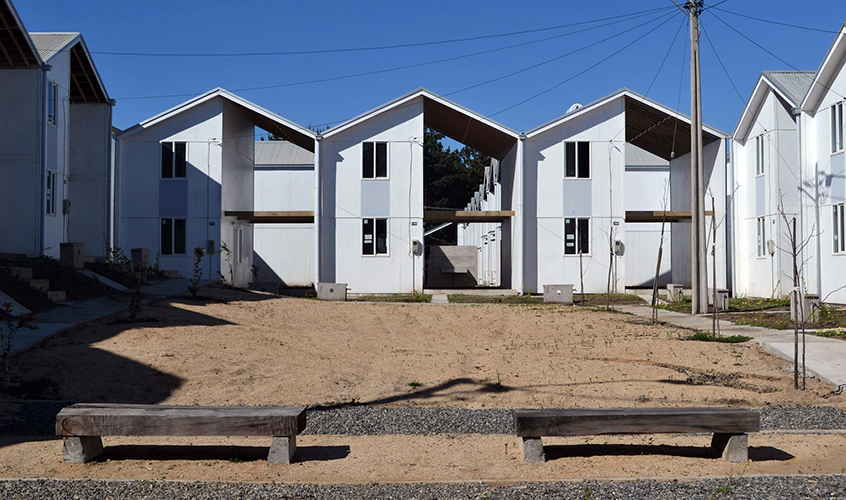
The Villa Verde housing development provided homes for 484 families displaced by the 2010 earthquake (Elemental)
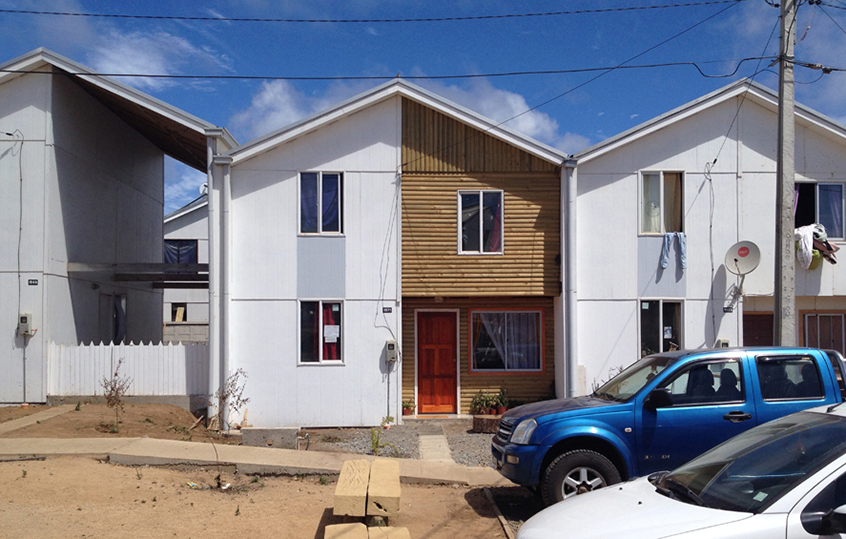
Each 45 sq m “half-house” has a kitchen, lounge, bathroom, laundry and two bedrooms upstairs (Elemental)
The same approach was used on a housing development in Monterrey, Mexico. So far Elemental has designed more than 2,500 units of low-cost housing.
“The jury has selected an architect who deepens our understanding of what is truly great design,” said Tom Pritzker, philanthropist and sponsor of the prize. “His built work gives economic opportunity to the less privileged, mitigates the effects of natural disasters, reduces energy consumption, and provides welcoming public space. Innovative and inspiring, he shows how architecture at its best can improve people’s lives.”
The jury also praised Aravena for designing buildings that are comfortable and energy efficient in local climates, citing the UC Innovation Center (pictured) at the Universidad CatoÌlica de Chile in Santiago. Elemental avoided a glass façade to cut down on solar gain and opted for a concrete structure with deeply recessed windows.
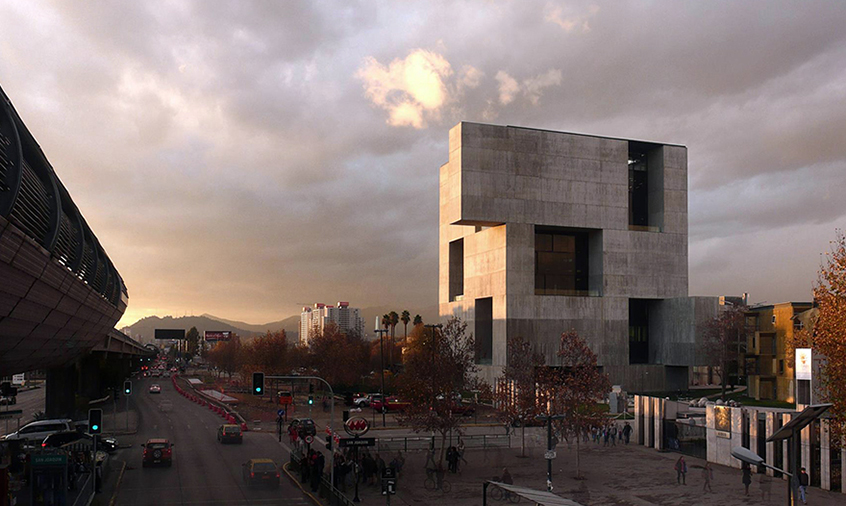
The UC Innovation Center at the Universidad CatoÌlica de Chile in Santiago, completed in 2014 (Elemental)
Announcing the winner on 13 January, the Pritzker Architecture Prize statement said Aravena “epitomizes the revival of a more socially engaged architect”.
On winning the prize, Aravena himself said “we are just overwhelmed, ecstatic, happy”.
“The prestige, the reach, the gravitas of the prize is such that we hope to use its momentum to explore new territories, face new challenges, and walk into new fields of action,” he said in a statement to the prize organisers.




